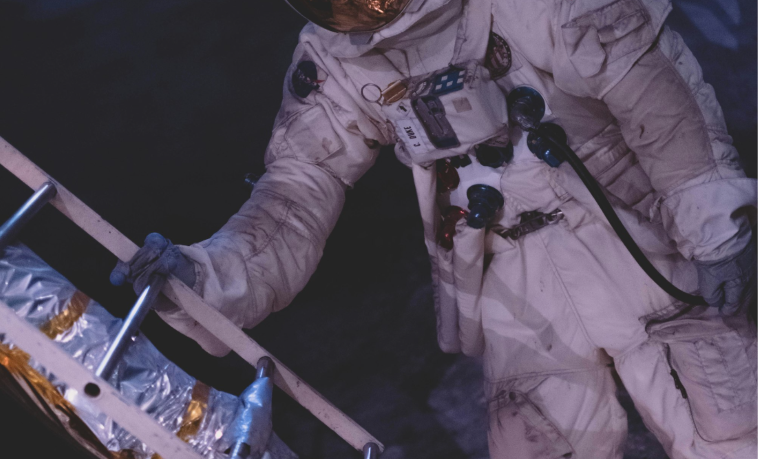Landing on the Moon: NASA announces 9 designated sites

As things stand now, NASA astronauts will fly to the Moon in 2028. Everything is constantly delayed when it comes to space flights.
Along with the technical preparations for the transport itself, work is also being done on the development of plans for organizing the landing, building accommodation, tools, tasks are being planned and – you can already imagine what not.
One of the most important decisions is the choice of a place for the crew to land.
NASA has now released a list of 9 locations. Previously there were 13 locations in the game.
The polar region was chosen because of the water found there in a frozen state, which, if confirmed, is extremely valuable for all future missions and long-term camping by astronauts on the moon.
That water could be used not only for drinking, but also for the production of rocket fuel. In addition, there are valuable materials in that area that could be exploited.

The final landing site will ultimately be chosen by taking several important factors into consideration such as:
- the scientific potential of the given site,
- the availability of launch windows,
- the ability to maintain communication with Earth,
- then based on the brightness of the area, etc.
In that area, the Sun never rises high above the horizon, it always shines obliquely and casts long and dark shadows – much darker than on Earth because the Moon does not have an atmosphere that normally scatters light.
Below we have a list of the locations of interest:
- Peak near Cabeus B: it rises six kilometers from the height of the environment. The area is about 200 kilometers from the south pole of the Moon itself.
- Haworth: This is also a mountainous area, 1650 meters above the surrounding area and is constantly illuminated by sunlight.
- Mons Mouton Plateau: A wide and flat area. It rises up to 6000 meters. Because of its width, it allows for extended surveys even with a long-range rover.
- Malapert Massif: A wide area that rises 5000 meters, has constant sunlight, but descends to the south about 8000 meters and creates a permanent shadow there.
- Mons Mouton: The polar region was chosen because of the frozen water there, which, if confirmed, would be extremely valuable for any future missions and long-term camping by astronauts on the moon. In addition, there are valuable materials in that area that could be exploited.
- Nobile Rim 1: This one is located on the southwestern rim of the Nobile crater. It is 3000 meters high.
- Nobile Rim 2: Located on the northeastern rim of the Nobile crater. It descends 1400 meters below the environment and is the second lowest location planned for the mission.
- De Gerlache Rome 2: The location closest to the pole, the world 50 kilometers away. It goes up to a height of 3000 meters from the surrounding terrain.
- Slater Plain: The lowest of all the mentioned and predicted locations for the mission. It descends from east to west up to -300 meters from the surrounding plain.
Of course, the safety of the crew is the most important thing in the whole mission. But beyond that, scientists are looking to get as much data as possible, and the potential of the predicted areas is great.

In the end, it should be said that, in addition to everything, it is necessary to determine the seismic situation of the planned areas.
This is especially important after recent studies talk about the possibility that the southern polar region may be prone to earthquakes that could threaten the otherwise very tall aircraft that is supposed to land astronauts on the Moon.

